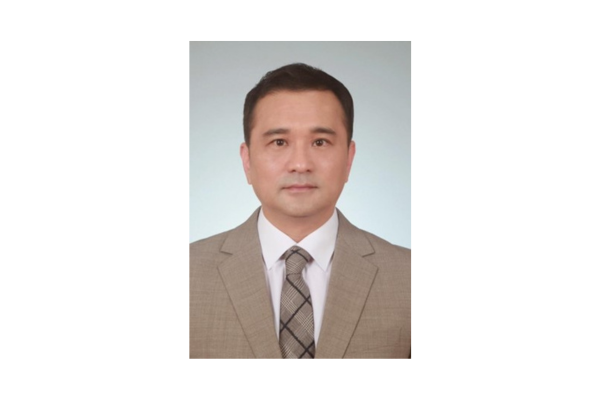
This target language lecture will be presented in Korean.
The Institute for Korean Studies presents:
MBTI는 어떻게 한국에서 문화적 현상이 되었는가? How Did MBTI Become a Cultural Phenomenon in Korea?
Junho Lee
Gyeongin National University of Education
Abstract: MBTI(Myers-Briggs Type Indicator)는 개인의 성격을 16가지 유형으로 분류하는 심리 검사 도구이다. 4가지 선호 지표(외향-내향, 감각-직관, 사고-감정, 판단-인식)를 조합하여 성격 유형을 설명한다. 이 MBTI가 개발된 것은 1940년대의 일인데, 거의 80년이 지난 몇 해 전부터 한국에서 이 MBTI가 유명해지기 시작하였다. 한국에서 MBTI가 유행하게 된 것은 2020년 코로나19 팬데믹 시기부터인데 사회적 거리두기로 인해 온라인 소통이 증가하면서, 자신과 타인을 이해하는 도구로 MBTI가 주목받기 시작한 것이다. 특히 처음에는 젋은 세대를 중심으로 SNS에서 MBTI 관련 콘텐츠가 활발히 공유되기 시작하였고, 이제는 세대를 불문하고 서로의 MBTI 유형을 묻는 일을 흔하게 볼 수 있게 되었다. 한국인들은 MBTI를 통해 자신과 타인의 성격을 빠르게 파악하고 이해하는 수단으로 활용하고 있다고 할 수 있는데 많은 사람들이 MBTI를 개인의 기본적인 성향을 비교적 정확하게 구분하는 도구로 인식하고 있으며, 특히 젊은 세대 사이에서는 자기이해와 대인관계에 활용하는 경향이 강하다.
The MBTI (Myers-Briggs Type Indicator) is a psychological assessment tool that categorizes individuals into 16 personality types based on four preference indicators: Extraversion-Introversion, Sensing-Intuition, Thinking-Feeling, and Judging-Perceiving. Although the MBTI was developed in the 1940s, it only gained widespread popularity in Korea in recent years, nearly 80 years later. Its rise in Korea began during the COVID-19 pandemic in 2020 when increased online interactions due to social distancing brought attention to MBTI as a tool for understanding oneself and others. Initially, MBTI-related content was actively shared on social media, especially among younger generations. Today, it has become common across all age groups in Korea to inquire about each other’s MBTI types. Koreans use MBTI as a means to quickly grasp and understand their own and others’ personalities, with many perceiving it as a relatively accurate tool for distinguishing fundamental tendencies. Among younger generations, in particular, MBTI is frequently utilized for self-awareness and interpersonal relationships.
이준호는 경인교육대학교 국어교육과 교수로 재직 중이며, 고려대학교에서 외국어로서의 한국어문화교육학을 전공하였다. 현재 한국어교육계를 대표하는 학회 중 하나라고 할 수 있는 국제한국어교육학회 (IAKLE, International Association of Korean Language Education)의 회장을 맡고 있으며, ‘한국어 표준 교육과정’의 집필을 주도한 연구 책임자이다. 주로 교육과정과 교재, 평가에 대한 연구를 하고 있으며 세종한국어, 세종한국어 회화(실용한국어)의 저자이기도 하다.
Dr. Junho Lee is a professor in the Department of Korean Language Education at Gyeongin National University of Education in Korea. He specialized in Korean Language and Culture Education as a Foreign Language at Korea University. Currently, he serves as the president of the International Association of Korean Language Education (IAKLE), one of the foremost organizations in Korean language education. He also led the drafting of the ‘Standard Curriculum for Korean Language Education’ as the lead researcher. His primary research interests include curriculum development, textbook design, and assessment. Dr. Lee is the author of Sejong Korean and Sejong Korean Conversation (Practical Korean).
